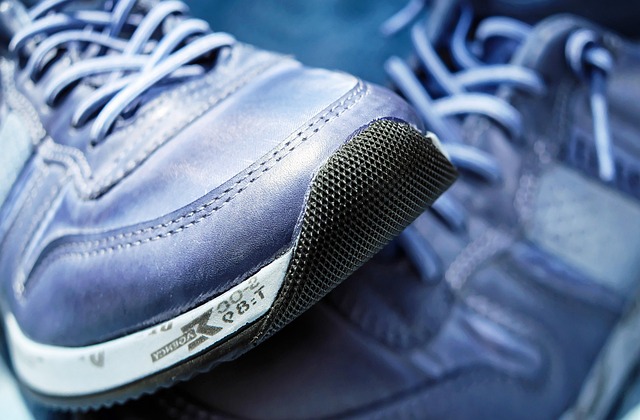Practical Guide to Shoes & Footwear Cleaning
Keeping shoes and other footwear clean preserves appearance, extends useful life, and helps prevent odors or material damage. Whether you own leather dress shoes, canvas sneakers, or mixed-material trainers, a few reliable routines and the right tools make maintenance straightforward. This guide explains safe cleaning steps for common materials, recommends brushes and cloth types for different tasks, and outlines what kinds of detergents or cleaners to choose. It also covers drying, conditioning, stain handling, and small repairs, plus how to find local services if professional help is needed. Read on for step-by-step approaches that minimize risk to materials and help footwear perform and look better over time.

How to clean leather shoes
Leather requires gentle, controlled cleaning to avoid drying or cracking. Start by removing loose dirt with a soft or medium brush, then wipe surfaces with a slightly damp cloth. For deeper cleaning, use a pH-neutral leather cleaner or a small amount of leather-specific detergent diluted per product instructions; test on an inconspicuous area first. After cleaning, allow shoes to air dry away from direct heat. Finish by applying a leather conditioner to restore suppleness and a polish or cream if you need to even out color or add shine. Regular conditioning every few months helps prevent splits and keeps leather flexible.
How to clean canvas footwear
Canvas is more forgiving but still benefits from careful handling. Remove laces and insoles, brush off dirt with a soft brush, and treat stains by gently scrubbing with a cloth or a soft brush using warm water mixed with a mild detergent. For stubborn marks, a paste of baking soda and water can help; rinse well without soaking the shoe. Avoid putting many canvas shoes in a washing machine frequently, as agitation and heat can weaken glue and shape. Air dry stuffed with paper or a shoe tree to keep form. Reapply waterproofing spray if the shoes were previously treated.
Which brush to use for shoes
Choosing the right brush depends on material and the job. A soft-bristled brush works well for delicate leathers and suede (use a suede-specific brush for nap), while a medium-stiff nylon or horsehair brush is suitable for general leather cleaning and polishing. A stiffer brush can remove dried mud from outsoles and tough canvas grime. Use a small brush or an old toothbrush for seams, eyelets, and welt areas. Clean brushes regularly—remove trapped dirt and let them dry—to avoid transferring grit back onto footwear during cleaning.
Choosing the right cloth for cleaning
Selecting a cloth matters: microfiber cloths are versatile because they trap dust without scratching and absorb cleaner residues well. Use soft cotton cloths for applying conditioners and polishes on leather; lint-free cloths prevent fibers from sticking into suede or textured materials. For canvas, a terry or soft cotton cloth works for wiping and blotting. Keep separate cloths for soapy cleaning and for drying/conditioning to avoid cross-contamination. Rinse and air dry cloths after use; avoid fabric softeners, which can leave residues that affect absorbency.
What detergent is safe for shoes
Not all detergents are equal for footwear. Use mild, pH-neutral detergents for leather and delicate materials to avoid stripping natural oils. For canvas and synthetic uppers, a gentle laundry detergent diluted with water is usually safe; avoid bleach or strong alkaline cleaners that can damage adhesives, colors, and material fibers. Specialized shoe cleaners and leather detergents are formulated to balance cleaning power with material care—follow label directions and perform a patch test. For odor control, enzymatic cleaners can help break down organic residues without harsh chemicals.
Drying, storage, and maintenance: After cleaning, always let footwear dry naturally at room temperature; avoid direct sunlight or heaters that can warp or crack materials. Use shoe trees or stuffed paper to maintain shape during drying. Store shoes in a cool, dry place and rotate pairs to allow materials to rest between wears. For persistent stains, structural damage, or delicate restoration, consider local services that specialize in shoe repair or professional footwear cleaning to assess options.
Conclusion
Consistent, material-appropriate cleaning preserves footwear comfort and appearance: clean off surface dirt, choose brushes and cloths suited to leather or canvas, and use mild detergents or specialty cleaners as needed. Proper drying, conditioning for leather, and occasional professional servicing for complex issues will extend the life of shoes. Applying simple routines after each use reduces heavy cleaning needs and helps footwear remain functional and presentable over time.






